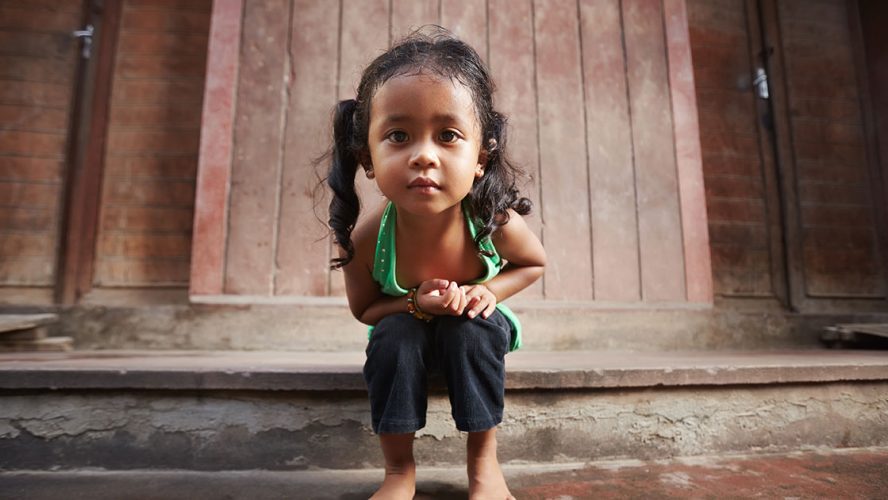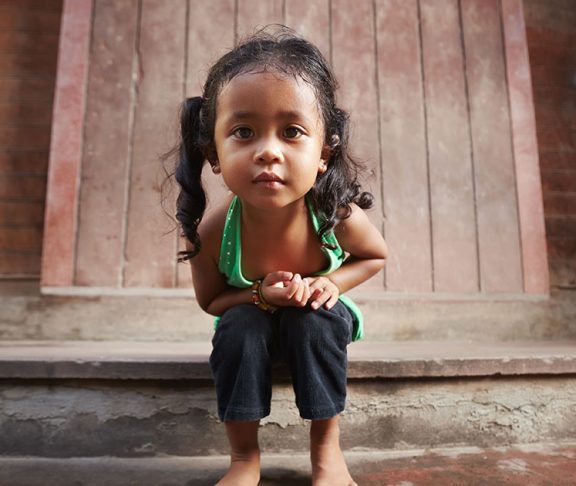Globally, 45 percent of childhood deaths are linked to malnutrition. The problem is particularly acute in Africa and Southeast Asia — places like the rural districts of Siem Reap, Cambodia, where safe water, sanitation and proper health care are scarce.
The power of water
Malnutrition is caused by a lack of nutrients in your diet. When a child suffers from intestinal worms or diarrhea, nutrients are not absorbed and do not make it to where they need to be in the body. That’s why, worldwide, hunger and malnutrition are linked to a lack of safe water and sanitation.
Around the world, 663 million people don’t have safe water and 2.4 billion don’t have a place to go to the bathroom. Most of these families live in poor, rural communities, and many are food insecure. Without clean water to drink and a safe place to go to the bathroom, diseases that are easy to prevent are widespread and cause a lot of damage.
Small changes, big impact
Safe drinking water, sanitation and good hygiene can prevent the water-borne diseases that rob children of their health and future. But it requires a house-by-house, village-by-village effort to replace unhealthy behaviors with healthy ones.
In the Svay Leu district of Siem Reap, families are beginning to make the changes necessary to prevent water-borne diseases. People like Srey Rath, a mother in Chubrum Dang village. Simple changes like using a water filter, washing hands, drying dishes safely and using a toilet to go to the bathroom are making a big difference. Srey’s changes are influencing her neighbors, which will help the entire village become healthier.
When we help the hungry, especially in poor communities in Africa and Asia, we must ask ourselves: Are we also making sure they have access to clean water to drink? Are we protecting our children from hunger and the diseases that keep them from growing and thriving?
Gary Weyel, Director of Marketing, Lifewater International, [email protected]

